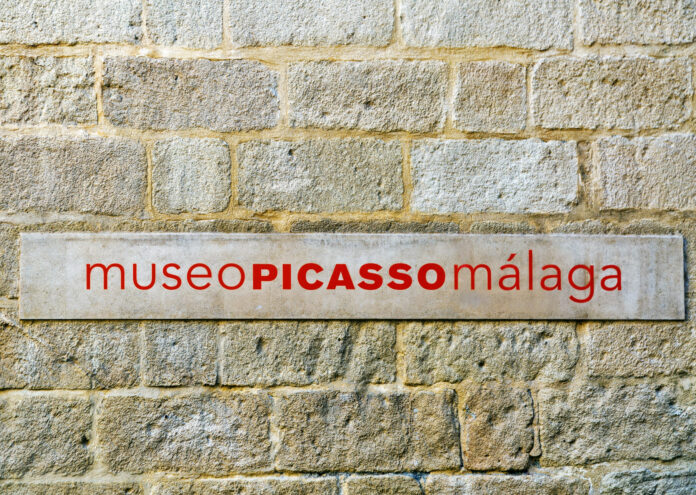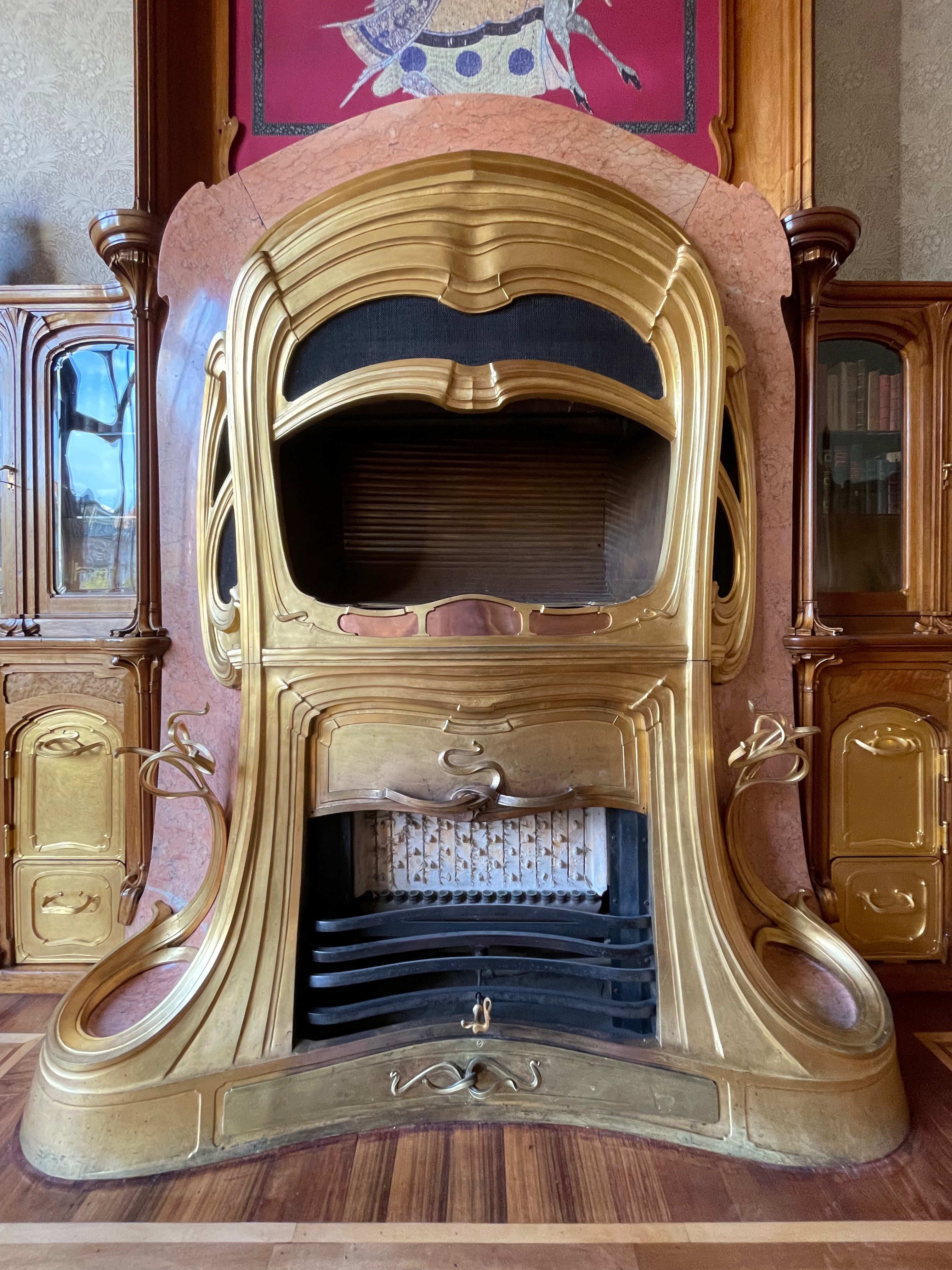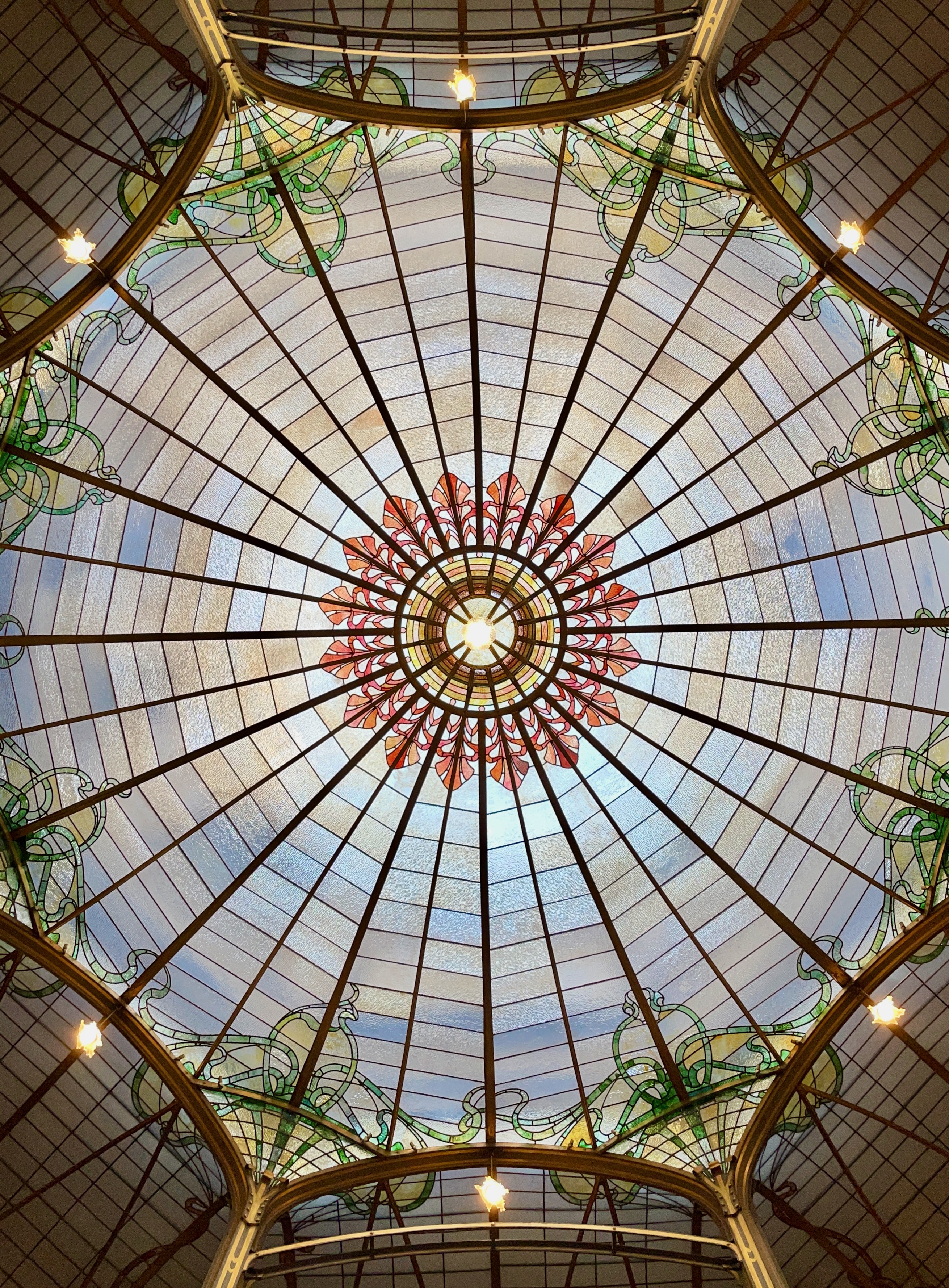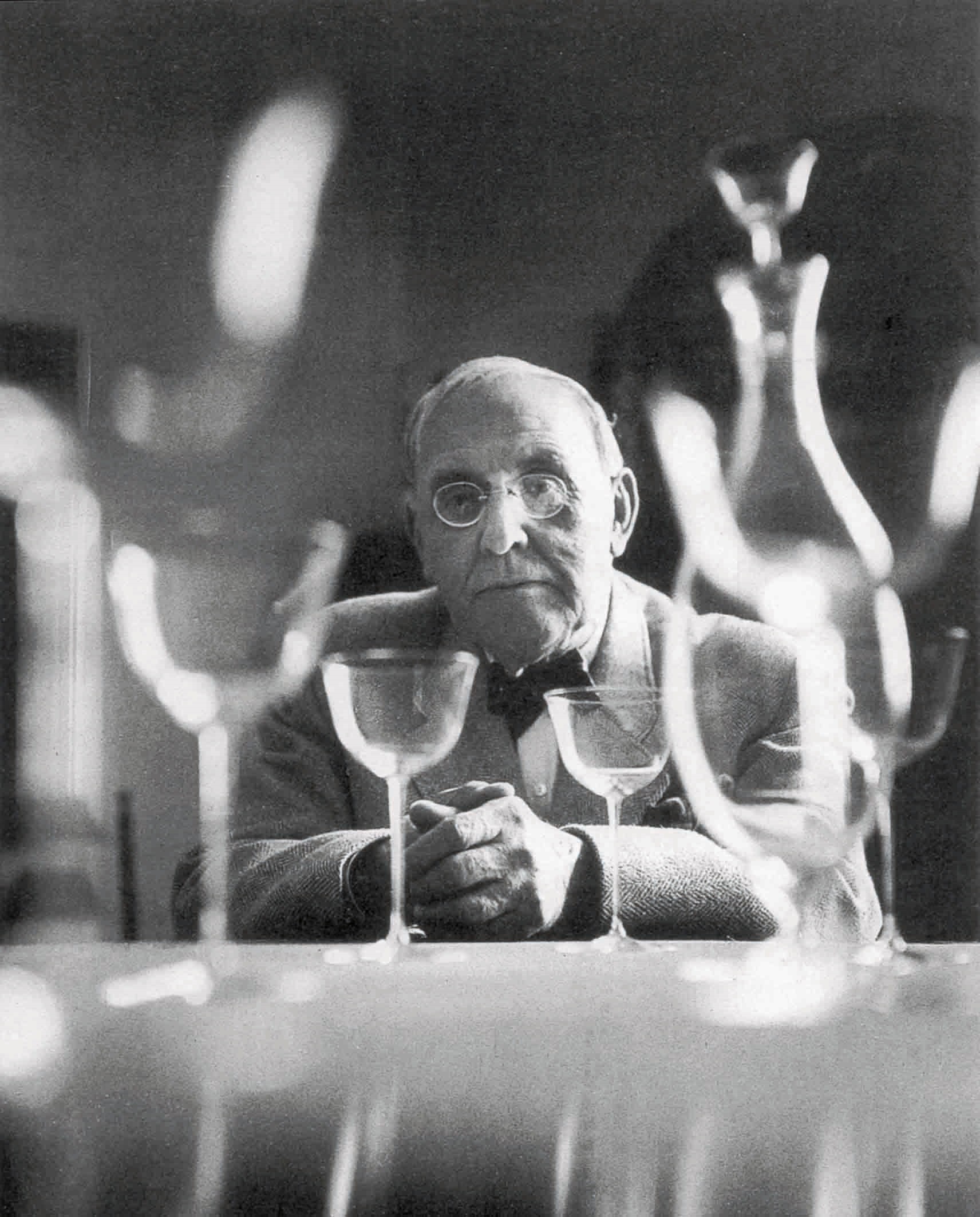2023 marks the 50th anniversary of the death of one of the most well known Spanish artists of all time, Pablo Ruiz Picasso.
To commemorate Picasson’s life and work, an extensive program of exhibitions and events is planned. In Spain, the focus will be on the Spanish cities with which he is most associated and which inspired him, marking his personality and art: Malaga, A Coruña, Barcelona and Madrid.
Picasso spent the first ten years of his life in Malaga, here you can visit the Museo Picasso Málaga (featuring works such as “Olga Khokhlova in Mantilla”, “Still Life with Skull and Three Sea Urchins” and “Jacqueline Sitting”) and the Picasso Birthplace Museum. Both places frequently hold temporary exhibitions and in the Birthplace Museum you can also see objects that belonged to the artist and his family, along with sketches for Les Demoiselles d’Avignon.
Over the summer the Museo Picasso in Malaga will host an exhibition of his sculptures: ‘Picasso Sculptor. Matter and Body’ it will close on 10 September. While Picasso’s sculptures were largely overshadowed by his paintings, many consider him to be as great a sculptor as a painter. Indeed, the paintings often have sculptural quality to them. Picasso created nearly 1000 sculptures in different media, from wood to ceramics. It was only in 1966 at an exhibition in Paris that the full extent of his work was revealed. The exhibition is an opportunity to focus on this facet of his work.
www.museopicassomalaga.org
Guernica
While there are many other exhibitions and activities taking place across Spain, one of the most moving remains the permanent exhibition of Guernica in the Reina Sofía Modern Art Museum in Madrid. Nearly eight metres in length the painting depicts one of the most appalling war crimes committed during the Spanish Civil War, when Hitler’s air force, acting in support of Franco bombed the village of Guernica in northern Spain. It is thought to be the first example of aerial saturation bombing of a civilian population, something that we have sadly seen occur again in our lifetime.
Almost as fascinating as the painting itself are the many preparatory sketches which are also on display. The sketches provide us with an insight to the artist at work, where we see how the different fragments were drawn and the painting developed.
The painting spent many years in the Museum of Modern Art in New York, as Picasso gave strict instructions that it should not be returned to Spain until the country had returned to democracy. It was returned to Spain in 1981.
www.museoreinasofia.es













